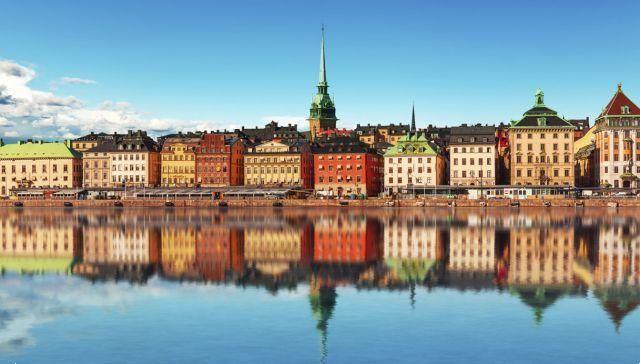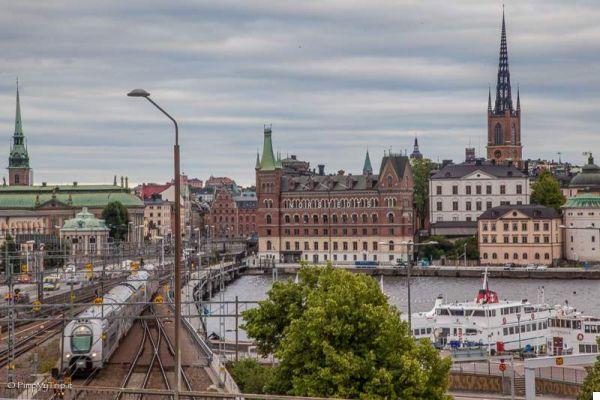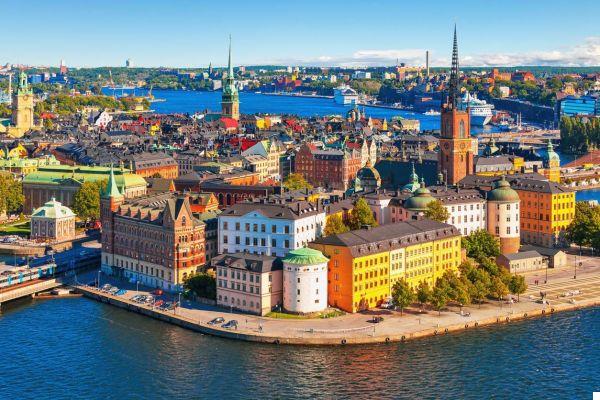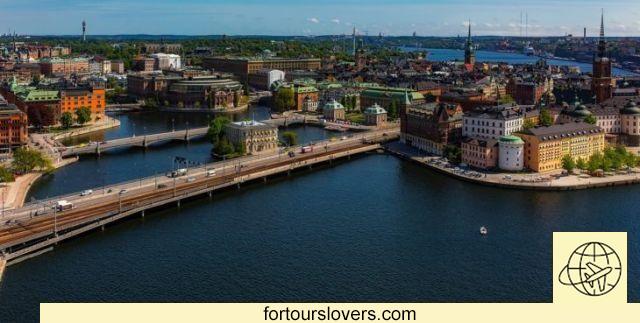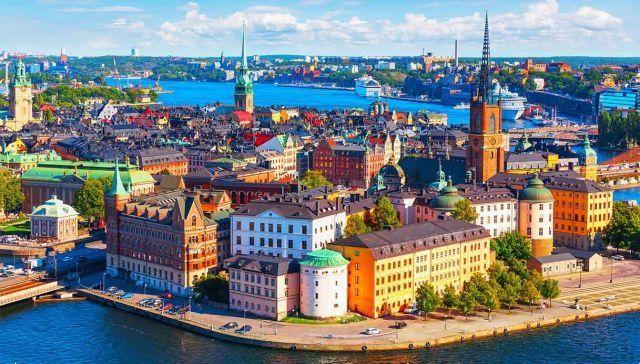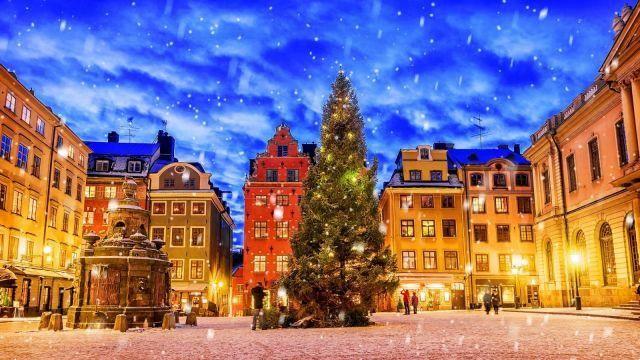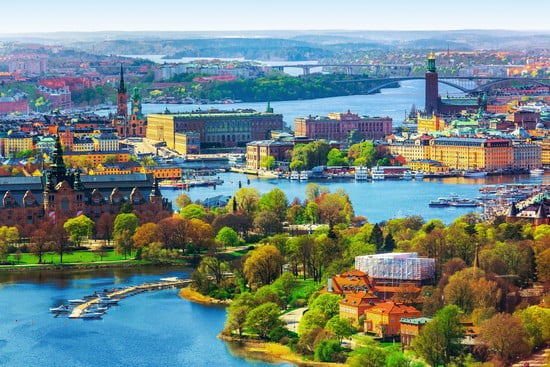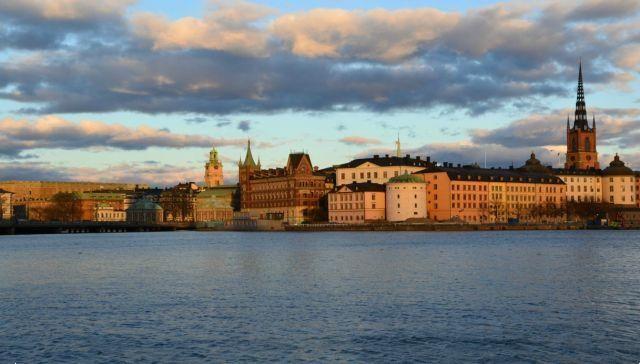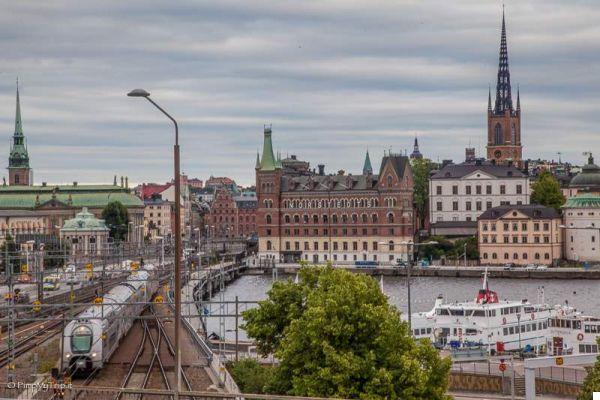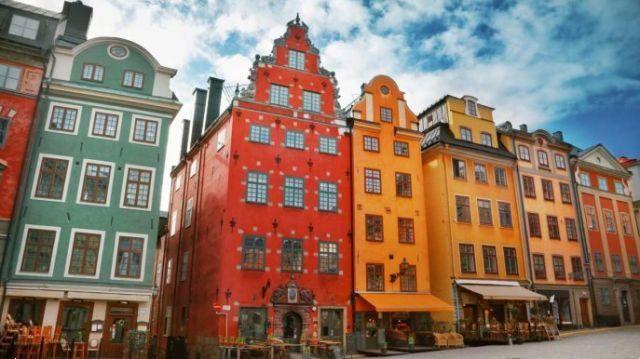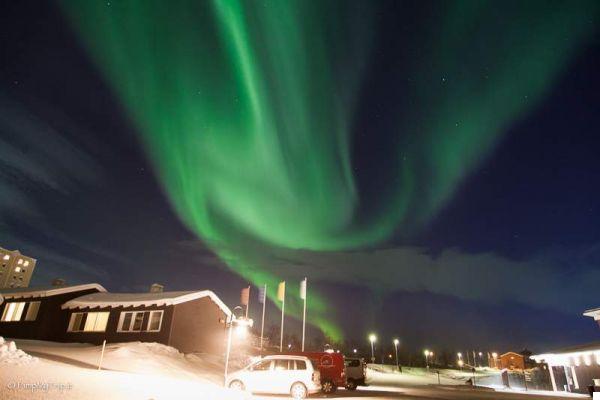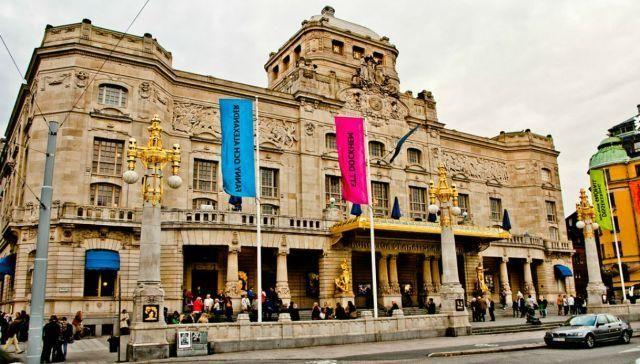 In Stockholm there are many artistic itineraries to discover the Royal Opera, the Råsunda film studios... and the Abba museum.
In Stockholm there are many artistic itineraries to discover the Royal Opera, the Råsunda film studios... and the Abba museum.
Stockholm, pearl of the Baltic, a dynamic city immersed in contemporaneity, in the green of the woods and parks, in the blue of the water that surrounds it, is also a reality rich in cinematic, theatrical and musical history. Masters of cinema, stars and franchises of global importance have been (and are) at home in Stockholm and their list is relevant: not only Ingmar Bergman, Greta Garbo and Ingrid Bergman, but also, closer in time, the Skarsgård clan (the father Stellan and his children) and Noomi Rapace, film protagonist of the “Millennium” trilogy based on the novels of another famous Stockholmer, Stieg Larsson.
Swedish film history begins in 1919 when Svensk Filmindustri, the first Swedish producer of the time, founded Film city (The City of Cinema), in Råsunda, a suburb of Stockholm, which immediately characterized itself as one of the most cutting-edge film industries of the time. Today, among the studios active in Stockholm, there is the headquarters of the Swedish Film Institute in Gärdet, in the center of the city, where, for example, some sequences of Ingmar Bergman's film Fanny and Alexander, awarded four Oscars in 1984.
Between 1919 and 1999 approximately four hundred films were shot in the Råsunda studios. Ingmar Bergman worked here for a long time and actresses such as Ingrid Bergman and Greta Garbo took their first steps on the set. One of Pippi Longstocking's films, based on Astrid Lindgren's novels, was also filmed in these factories. Although the structure is no longer used to make films, the history of cinema can still be felt in Filmstaden and these buildings offer tourists guided tours (in August also in English) and, inside, there is a small cinema.
Closely connected to Filmstaden, thanks to the artistic careers of Ingmar Bergman, Greta Garbo and Ingrid Bergman, we must remember the Royal Dramatic Theatre (Kungliga Dramatiska Teatern) or, more commonly, Dramaten. The life and artistic training ground of dozens of Swedish performers, this theater was considered by Ingmar Bergman as his second home. The theater has its roots at the end of the eighteenth century when King Gustav III established it, separating it from the opera house and the current headquarters of the Dramaten is located in a central position on Stockholm's waterfront in Nybroplan and can also be admired on guided tours.
For fans of melodrama it is absolutely not to be missed It's like Operan (the Royal Swedish Opera), whose building is located in the center of Stockholm and was designed by Axel Johan Anderberg and inaugurated in 1899 by King Oscar II. It hosts popular and renowned opera and ballet seasons. We must also remember the theater of Drottningholm Castle, one of the residences of the Swedish royal family - a theater that can also be seen in Bergman's The Magic Flute - which, following its progressive restoration, has been home to opera productions of international importance since 1991.
Il The concert hall, Stockholm's main concert hall, is the permanent venue for the Royal Stockholm Philharmonic Orchestra (Kungliga Filharmonikerna) with more than one hundred concerts per season. It is an austere and noble palace, designed in the late 1920s by Ivar Tengbom, which overlooks Hötorget, a square in the city centre. The hall is also the place where the Nobel Prize and Polar Music Prize award ceremonies take place annually.
After cinema, prose theatre, opera and the symphony, we must not forget that Sweden is also the music of Abba: Agnetha, Björn, Benny and Anni-Frid will forever remain the famous Swedish band in platform boots and sequined onesies who revolutionized pop between 1972 and 1982, composing hits like Dancing Queen, Wateloo, Fernando and Knowing Me , Knowing You. Although the group disbanded more than thirty years ago, the film Mamma Mia! with the Abba soundtrack it hit the box office all over the world and over 50 million people saw the musical of the same name at the theatre.
In Stockholm, Abba's pop glory continues thanks to the museum dedicated to them (Abba The Museum), a permanent exhibition on the island of Djurgården at the “Swedish Music Hall of Fame” which, being a short walk from the centre, can be easily reached by tram and bus. The museum is located next to the Gröna Lund amusement park and a 5-minute walk from the Skansen open-air museum and the Vasa Museet. For true fans of the band there is also the Abba City Walk, a city walk through the streets of Stockholm following in the footsteps of the group and the legendary Seventies.




